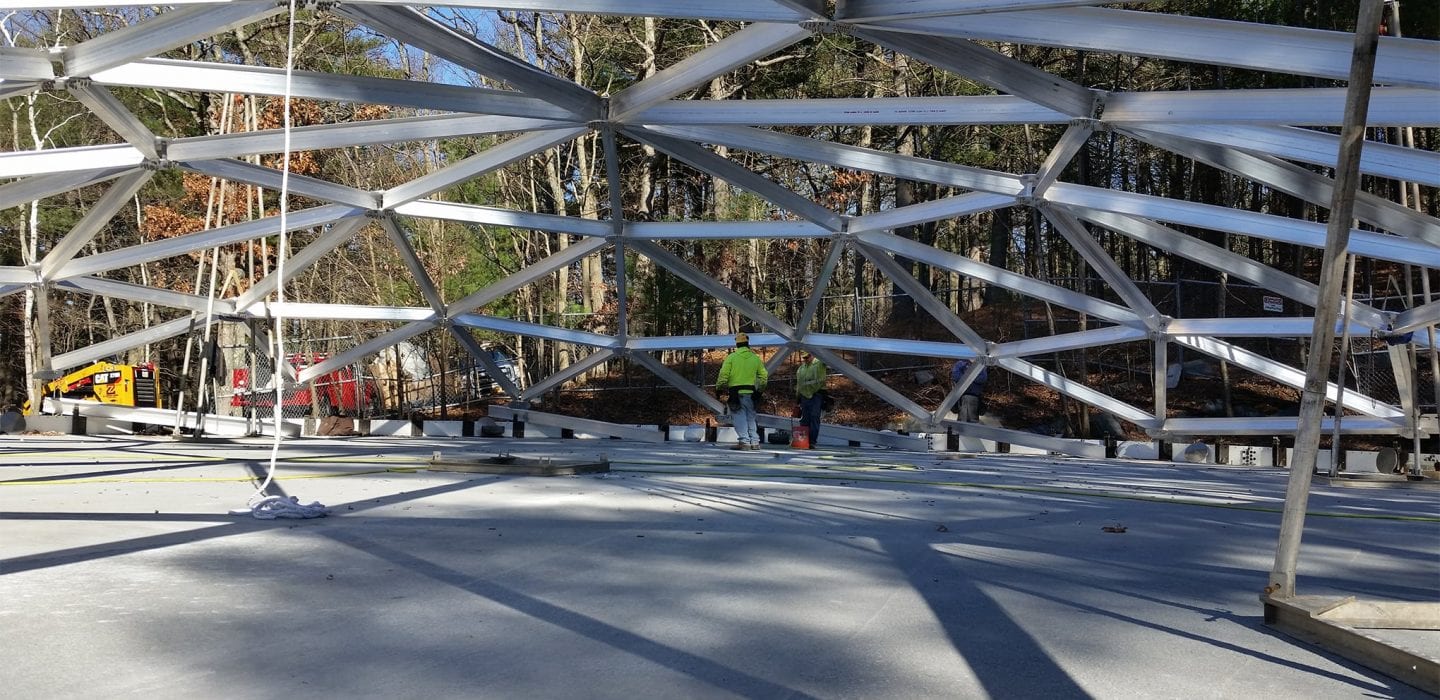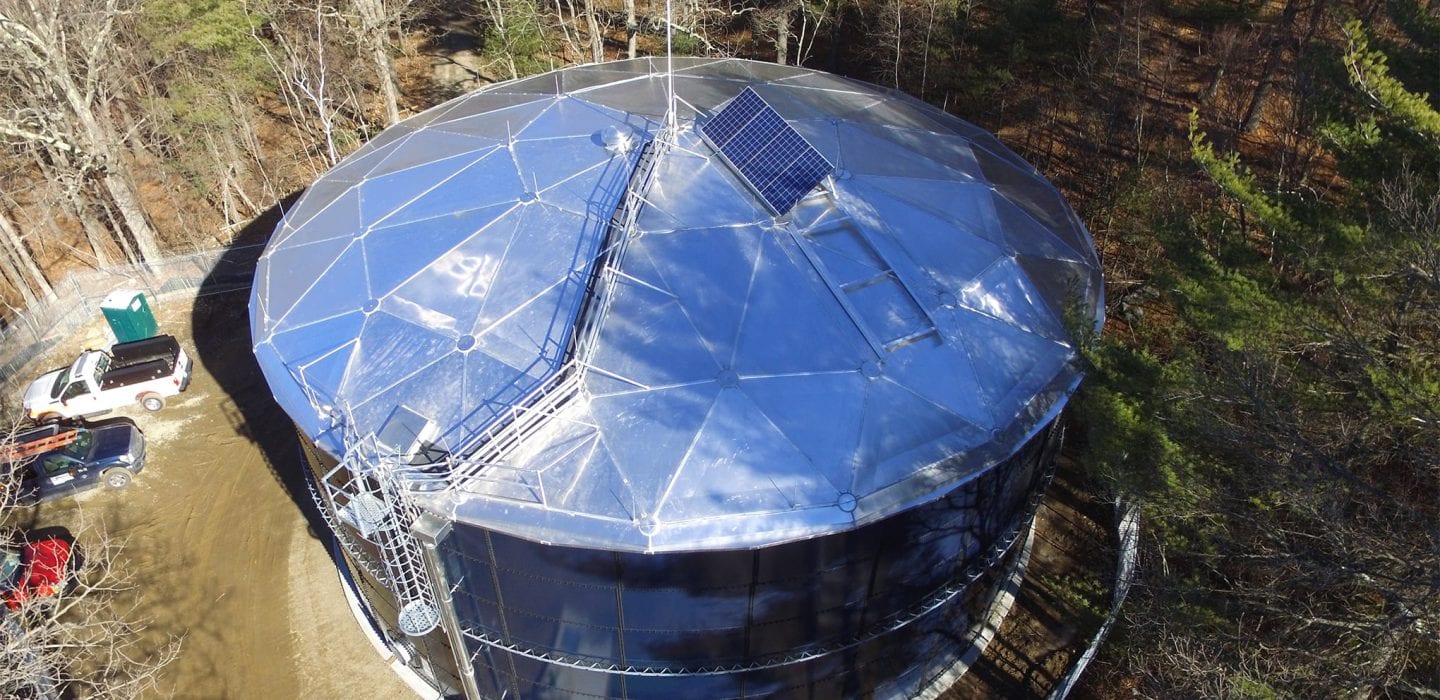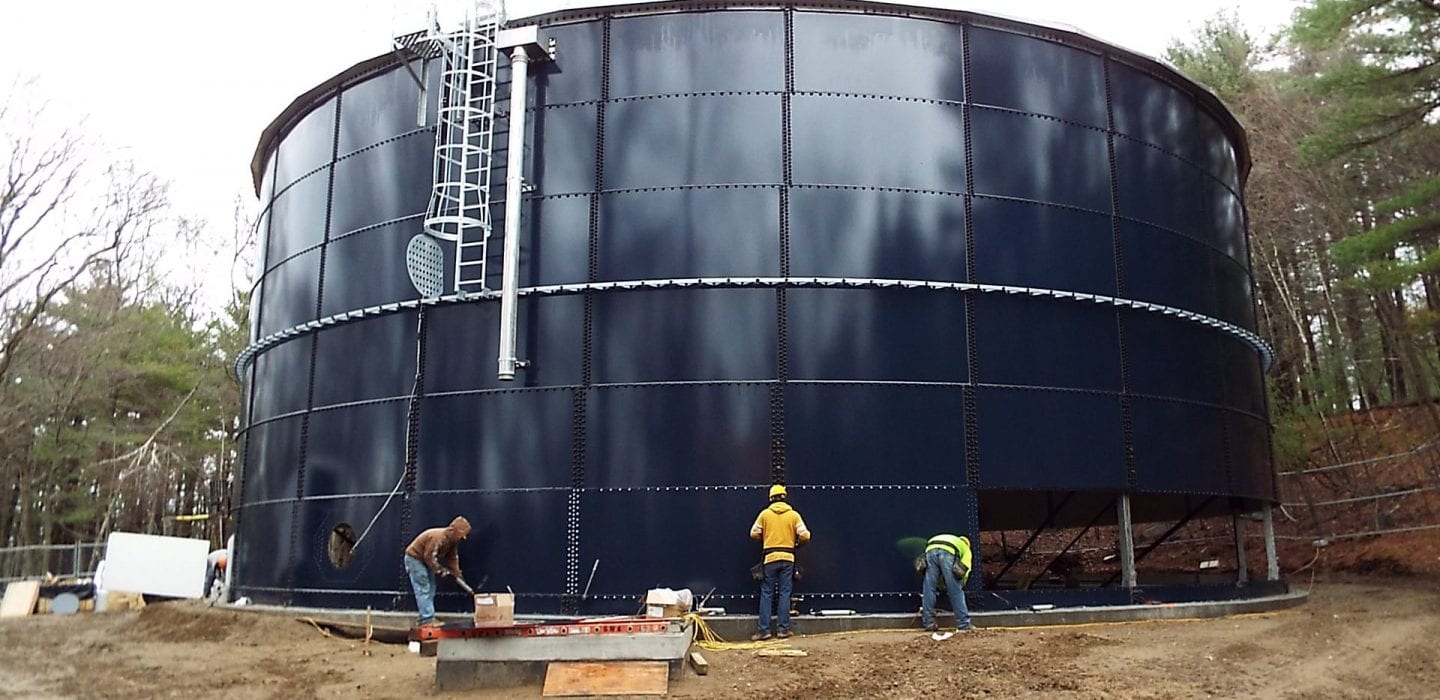Water System Master Plan
Milton, Massachusetts
As the Town’s Water Infrastructure Consultant, BETA worked closely with the Department of Public Works (DPW) to complete a Water System Study for the Town’s potable water distribution system. The study included hydraulic modeling and a new Capital Improvement Plan.
The Town has two separate water pressure zones. The low pressure zone is supplied by two metered connections to the MWRA’s Southern High water network. The Town’s high pressure zone is supplied by a single metered connection to the MWRA’s Southern Extra High water network. The study and hydraulic modeling identified several high priority issues/needs in the higher pressure zone:
- The MWRA supply pressure fluctuates significantly throughout the day and is higher than the overflow elevation of the water storage tanks, causing the tanks to be “locked out” and resulting in water age issues within the tanks.
- The existing water storage tanks were 60 to 80 years old, in poor condition and not compliant with AWWA guidelines.
- There were several hydraulic restrictions between the MWRA supply and several areas of the Town, including the water storage tanks.
Based on the Water System Study and associated hydraulic modeling, design and construction was initiated for several projects in the Town’s high pressure zone.
Pressure Reducing Valve Vault
A pressure reducing valve (PRV) vault was installed immediately downstream of the MWRA supply to stabilize the incoming pressure to the high pressure zone. The PRV is equipped with a “close” function so the high pressure zone can be supplied off of the storage tanks. The valve utilizes a normally open (i.e. fail open) solenoid valve on its control pilot tubing that is energized through the supervisory control and data acquisition (SCADA) system based on level in the water storage tanks. Controlling the PRV will promote turnover in the tanks to reduce water age while still providing necessary emergency storage. Construction was completed in the spring of 2016.
Water Storage Tank Replacements
The Water System Study and associated hydraulic model indicated that water storage was required in the high pressure zone due to the single source of water from MWRA as well as the lack of redundancy and emergency storage within the MWRA Southern Extra High water network. BETA completed a life cycle cost analysis (LCCA) to determine if rehabilitation or replacement of the existing water storage tanks should occur. The LCCA showed that replacement was significantly more cost effective on a total net present worth basis.
Due to the site limitations and cost, Bolted Glass Fused Steel (BGFS) tank technology was selected for the proposed tank material and construction. The area required for construction is generally limited to the tank foundation. The bottom tank ring is cast into the foundation and subsequent rings are then assembled and hydraulically raised. The new tanks include solar powered instrumentation and control, a passive mixing system and a lightning protection system.
Construction of the Chickatawbut Water Storage Tank was completed in December 2015. Construction of the Blue Hills Water Storage Tank is scheduled to be complete in July 2016.
Water Main Replacement Project
Approximately 14,000 linear feet of water main was replaced/upgraded within the high pressure zone. The upgrades were based on the hydraulic modeling and required to improve the water feed from the MWRA feed to the water storage tanks as well as portions of Town affected by the elimination of the loop within the Town of Canton. Construction was completed in the fall of 2015.
SCADA System
A new SCADA system was designed and implemented to monitor the storage tanks and PRV Vault. The SCADA system provides the Town operations personnel “real time” tank level and pressure reducing valve status (Open or Closed). The system also provides alarm notification to alert operations personnel of potential water supply issues (i.e. tank low level).
Data measured at the remote locations through level and/or pressure sensors at the tanks and at the pressure reducing valve is transmitted to a “head end” computer system located at Department of Public Works. At that location, the data is displayed, stored and disseminated and alarm notifications are generated.
Construction of the SCADA system was completed in February 2016.



